Independent, Superb, Transparent, Organic. In short, ISTO. The affordable premium and fair fashion brand ISTO from Lisbon is mastering sustainability and transparency like no other. DOWNTOWN met up with Co-Founder Pedro Palha to talk about the journey of the brand, its core pillars, the challenge of being transparent, and why organic fashion is only the second-best option.

Hi Pedro! Give our readers a quick idea of what your brand ISTO stands for and tell us about your journey.
Hey! I am Pedro, one of 3 founders of ISTO. In 2017 we launched the brand basically from our living room in Lisbon on a small budget. For us, it was – and still is today – very important to work and create free and independent from industry constraints and investor’s mindset but most importantly free from the absolute crazy demands and trends set by the fast fashion industry and the high fashion agenda. This lets us decide how we work, with whom we collaborate and how we produce.
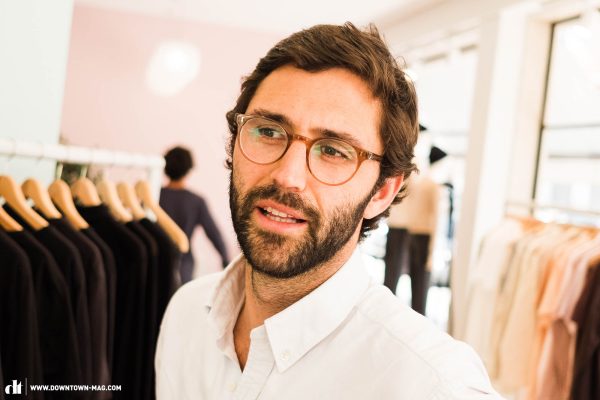
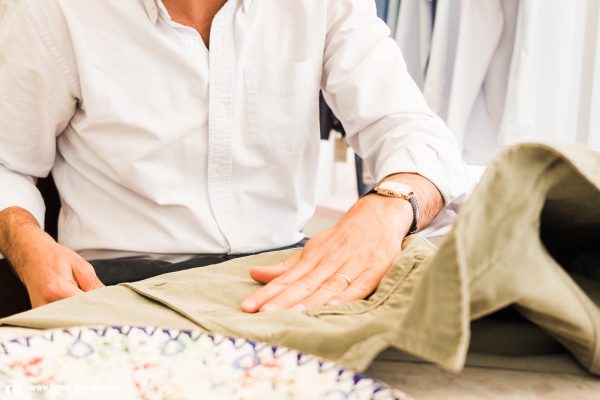
What motivated you to start the sustainable clothing brand ISTO?
The idea came up, as we always loved and enjoyed everything that was produced with high quality, but basically we couldn’t afford to buy it. Cheaply produced clothes lasted only 1–2 seasons, so you had to buy them over and over again. We were missing something that was timeless in style, affordable and at the same time fairly produced in Portugal. As we could not find anything that would match these criteria, we decided to do it on our own. It all started with a “copy” of our favorite shirt that we simply loved, but we wanted it to be produced our way. So we did some adjustments to the cut, got rid of logos that have no purpose at all et voilà, our favorite shirt and ISTO were born. Since day one, ISTO stands for Independent, Superb, Transparent, Organic and all of that combined with a slow fashion mentality.
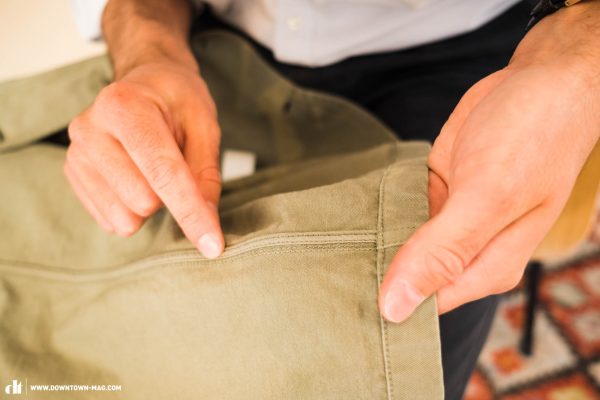
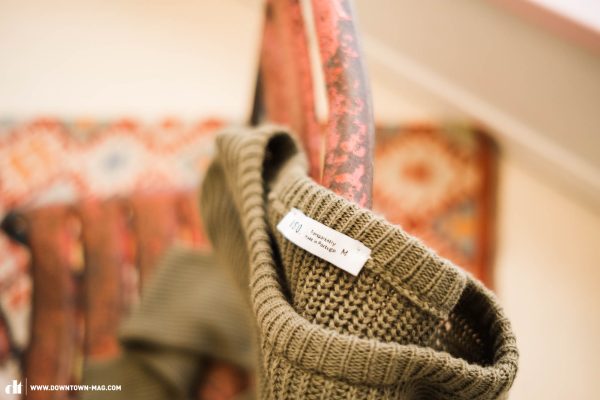
What are the challenges of this work? What have you learned along the way?
It’s not easy to disclose every piece of information,even though we believe we should and try to do that. If you look at our website, you can see a price breakdown for each item. Have a look at the Work Jacket for example. The cost of production is something around € 60 including the fabric, labour, logistics, transport etc. When we add the salaries of our employees, marketing, rents and so on to the price, we come to a total of € 137 for each Work Jacket and we sell it for € 179. Sometimes this transparency turns against us because people think we make a lot of margin – but we prefer to be transparent.
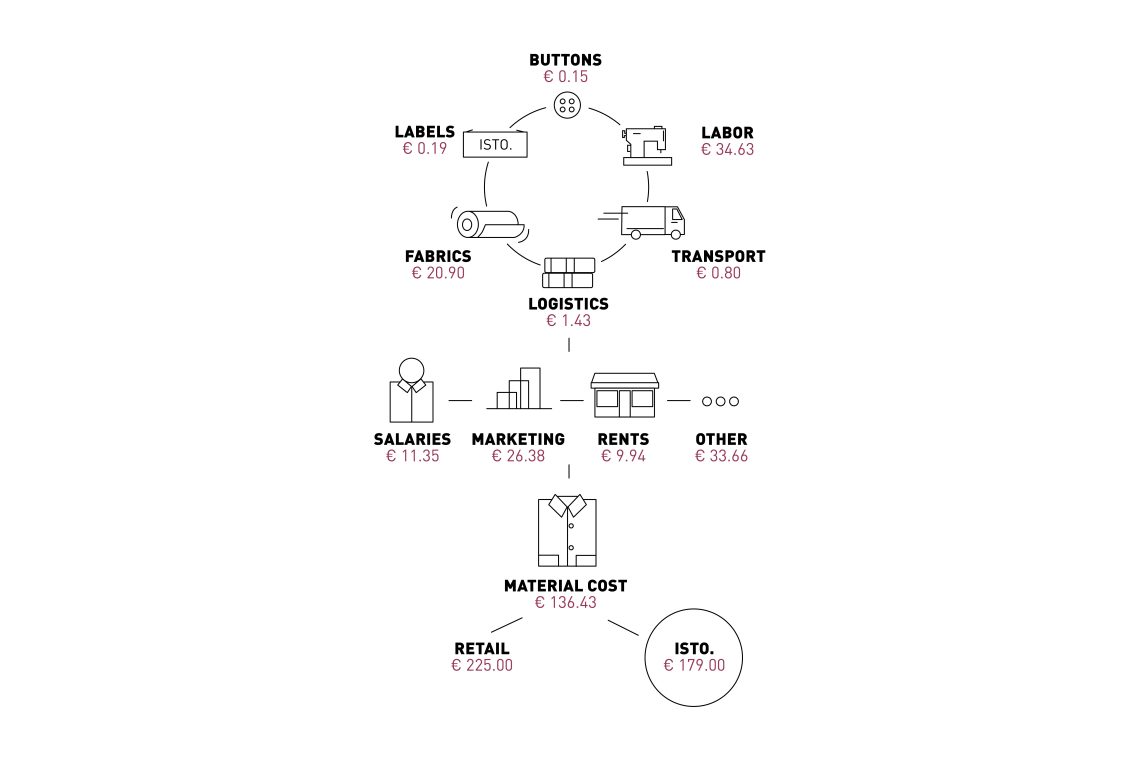
Also, we are shifting to a more circular approach with the fabrics we use. That means keeping items like clothes, accessories and materials in circulation instead of creating new ones. Look, even if clothes are produced organically, the process still uses up a lot of water and energy.
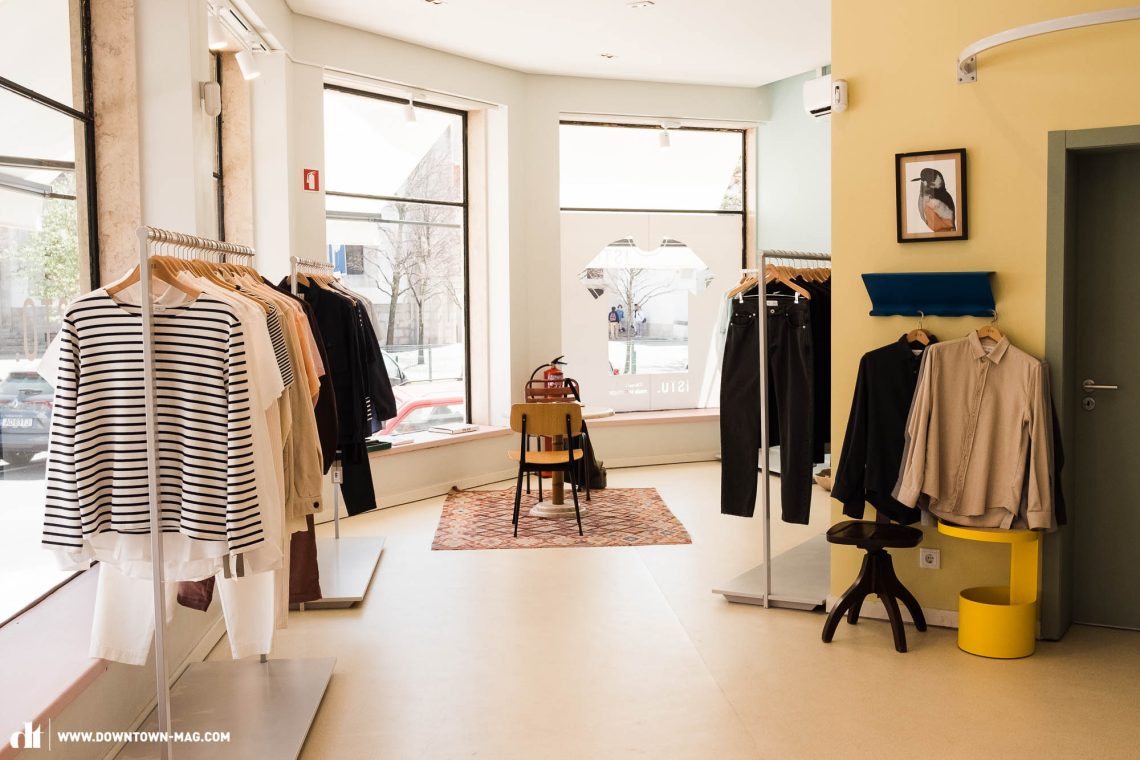
What is your definition of sustainable fashion?
My definition is: quality over quantity; classics over trends; durability and fair production. Also, producing items out of materials that are recyclable or biodegradable if possible.
How much greenwashing is out there nowadays and how do you protect yourself from it?
Certainly a lot. We protect ourselves by producing almost 100% our items in Portugal and sourcing everything we can in Europe. If fabrics are not available here, we still always go for textiles which have a GOTS certificate, it’s the leading worldwide entity that regulates the supply chain.
Additionally, we use non-GMO seeds for our cotton and our farmers use ancestral methods that avoid the erosion of the soil such as crop rotation, mixed farming, or no-till farming. Every step in our production is monitored and gets double checked by us.
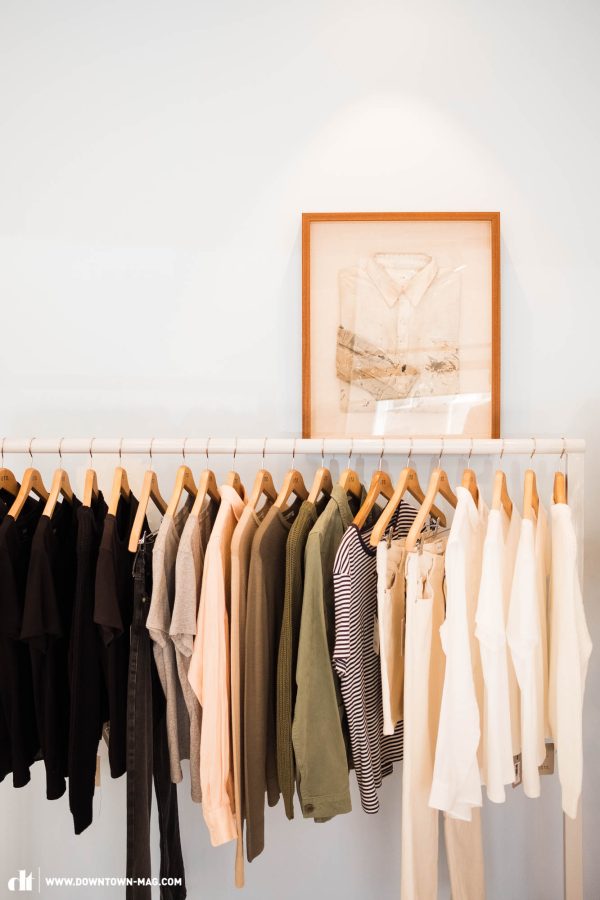
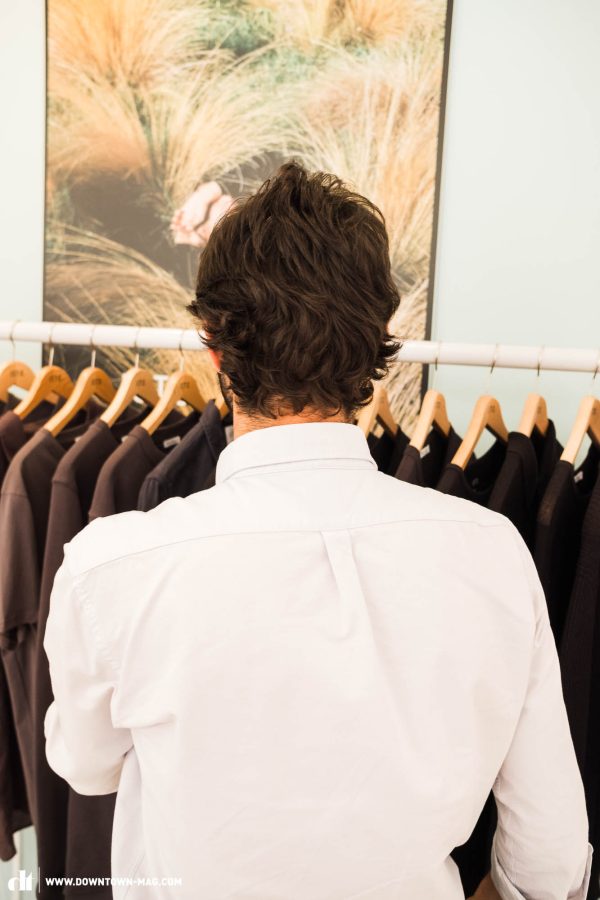
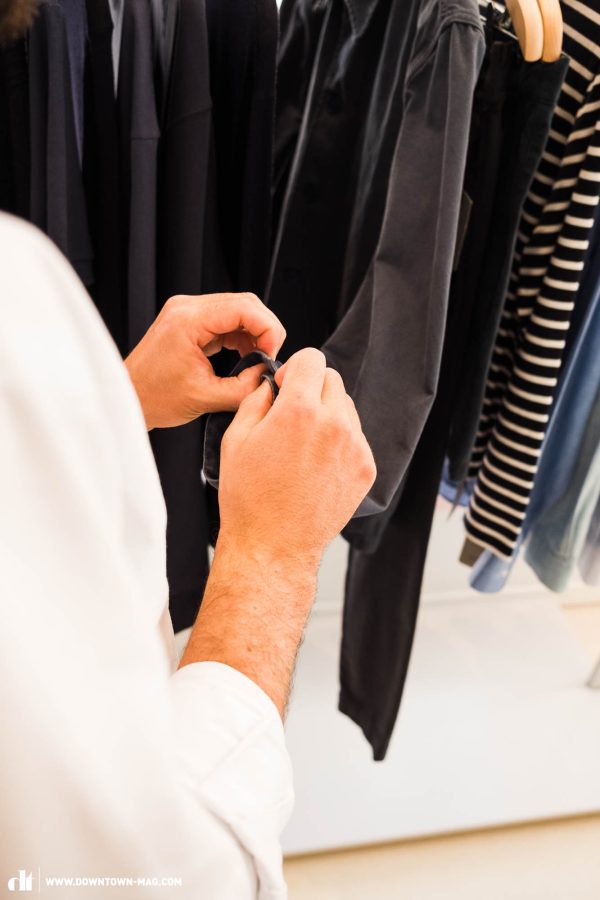
Are you buying non-fairly-produced fashion yourself? And, if yes, in which cases and why?
I haven’t bought fashion items for more than 6 years now except for several pairs of cotton sneakers. I bought them lately from a Japanese brand named Asahi.
Nowadays, everyone seems to be willing to produce sustainable clothes in Portugal. Did Portugal always have a strong tradition in manufacturing clothes? And is Portugal able to handle this shift? Are there enough capacities for upcoming future brands that want to produce in Portugal?
Portugal has always been good – actually one of the best – in jersey and shirting. Obviously more expensive than Bangladesh and or China but with a long heritage and a line of family businesses. But to be honest, I don’t believe that we have a much bigger capacity. I see a lot of suppliers at full capacity. Hopefully, there will be a turnaround and greater investments in this industry will be made, I believe that’s crucial.
Can you produce sustainability in countries like Bangladesh?
Maybe yes, maybe no. To be honest, I don’t really know, as we will never get there as our value proposition relies on producing in Portugal. But, honestly speaking, to produce a garment in Bangladesh or China and ship it around the world? This can’t be sustainable. Still, a change also needs to happen in those countries soon. I’m talking about production, waste and the working conditions here. You can already read now that labels such as H&M with their conscious line are claiming efforts about the use of organic and recycled fabrics and securing a minimum wage for the workers. But as long as those kinds of fashion brands chur more than 100 billion garments out annually, it won’t be sustainable and will still have its part in destroying the planet. Consumers, regardless of where they buy their apparel, need to understand that they have to buy less items but of better quality and should try to wear them for longer.

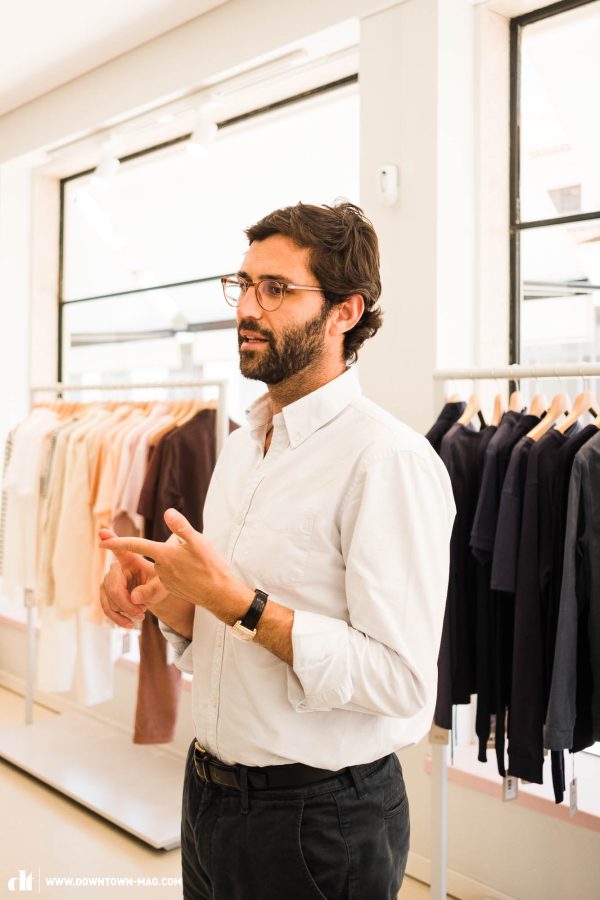
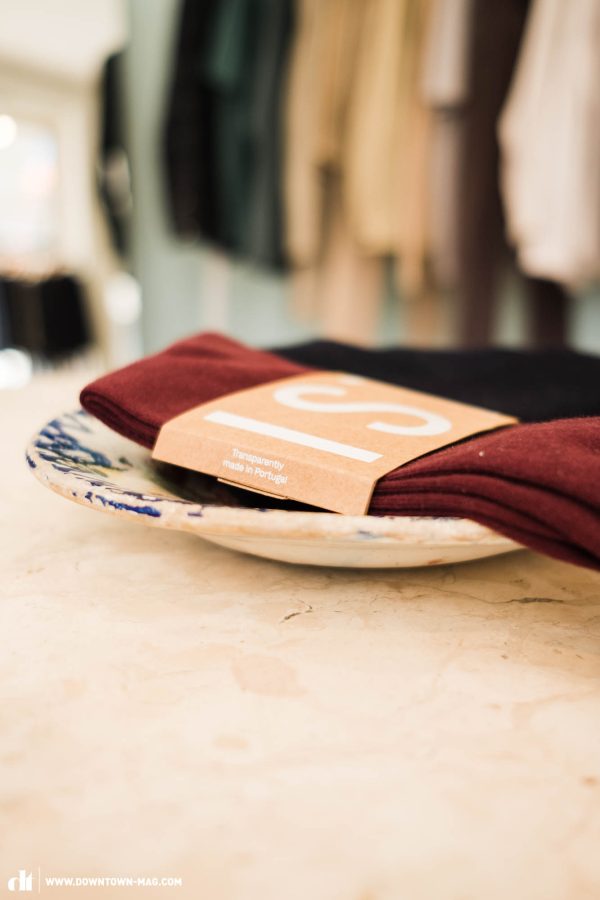
How do you want your business to grow in the next few years?
It has been a super interesting journey that has been inspiring and growing every day. We are getting a lot of really good feedback from happy customers around the world and would like to reach more like-minded people. We would also like to raise more awareness about the production and the impact as well as become a viable alternative to fast fashion. Basically, we want to be the solution! With the awareness about fairly produced garments growing, we are developing our business in countries like the USA and Germany. Preferably, we would like to expand to a couple other European countries, be available in physical stores and – last but not least – inspire customers to buy less.
What do you think will be different in the fashion industry 10 years from now?
I strongly believe in the use of fruit fibers like coconut, sugarcane, banana or pineapple, for instance. Those are being used more and more to produce fabrics that are eco-friendly and sustainable. Same with agro cellulose fiber that has unique properties in comparison to polyester when it comes to moisture absorption and preventing bacteria development. And as I mentioned before, labels need to build up their recycling programs and transparent supply chains, as customers becoming more and more aware about the importance of those factors.
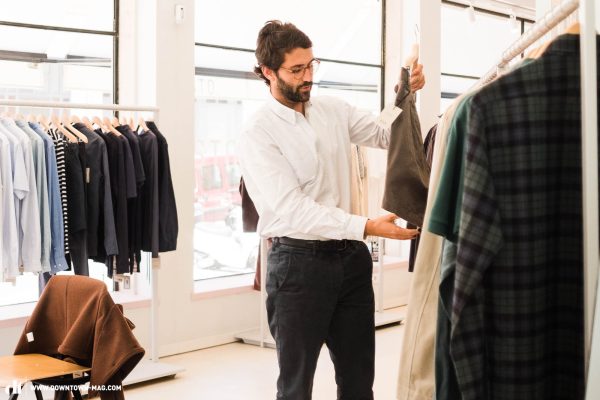
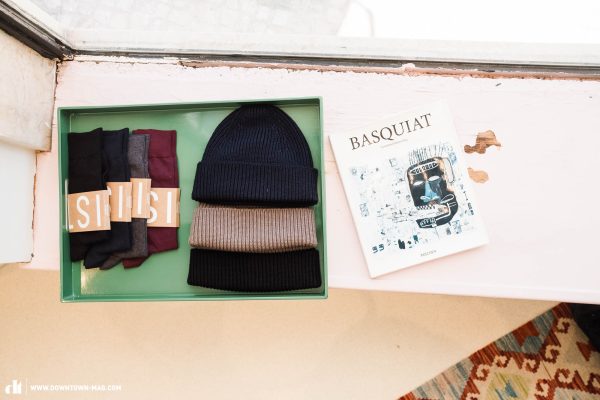
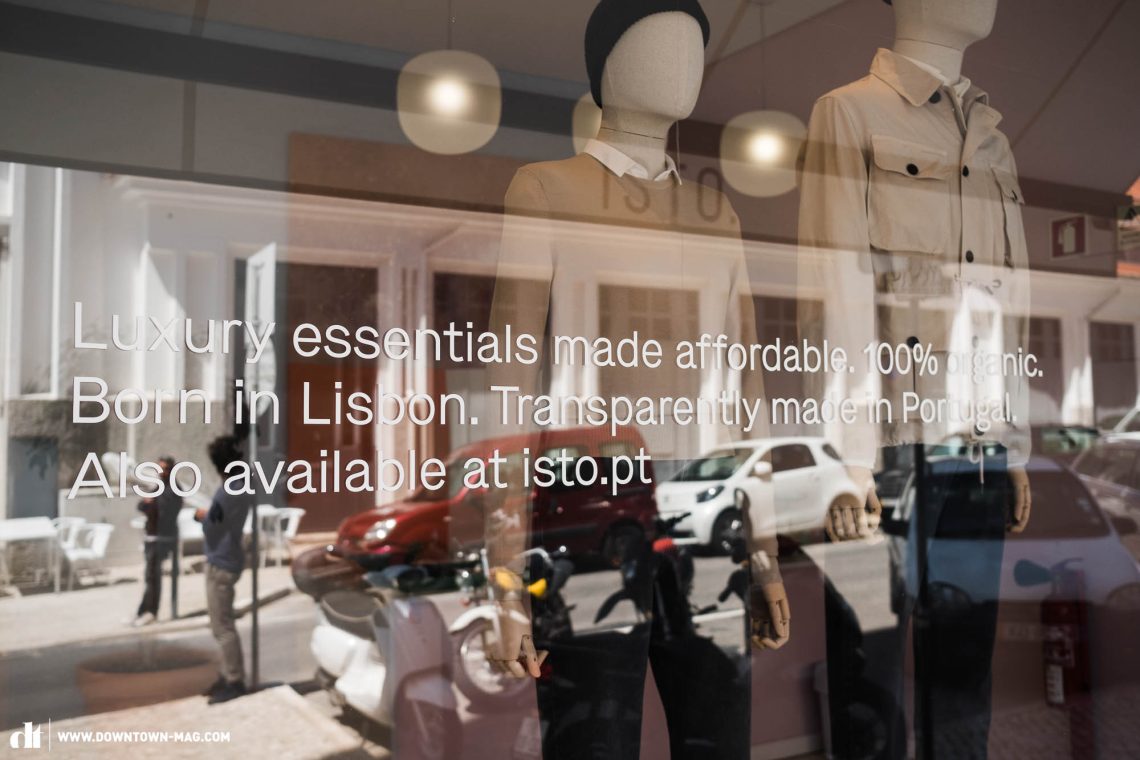
Muito obrigado Pedro! Thanks for having us and giving us an insight into ISTO.
De nada! You’re very Welcome. It was my pleasure.
For more information, visit www.isto.pt
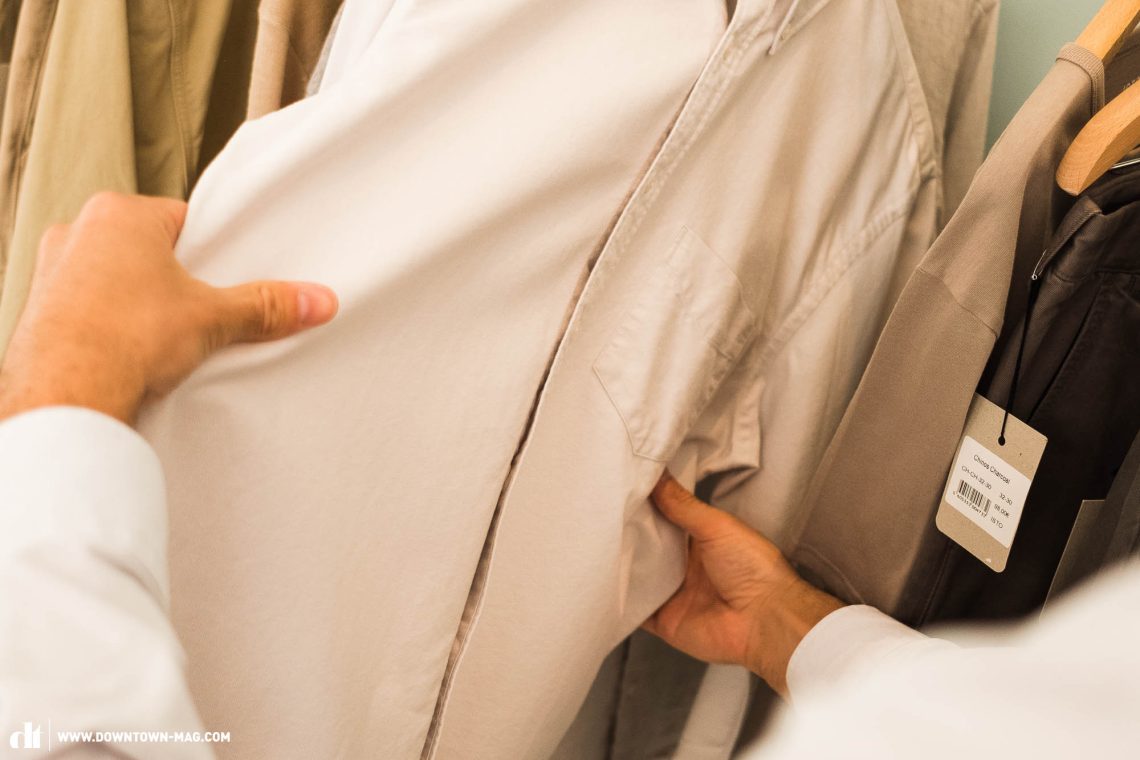
Words & Photos: Julian Lemme







